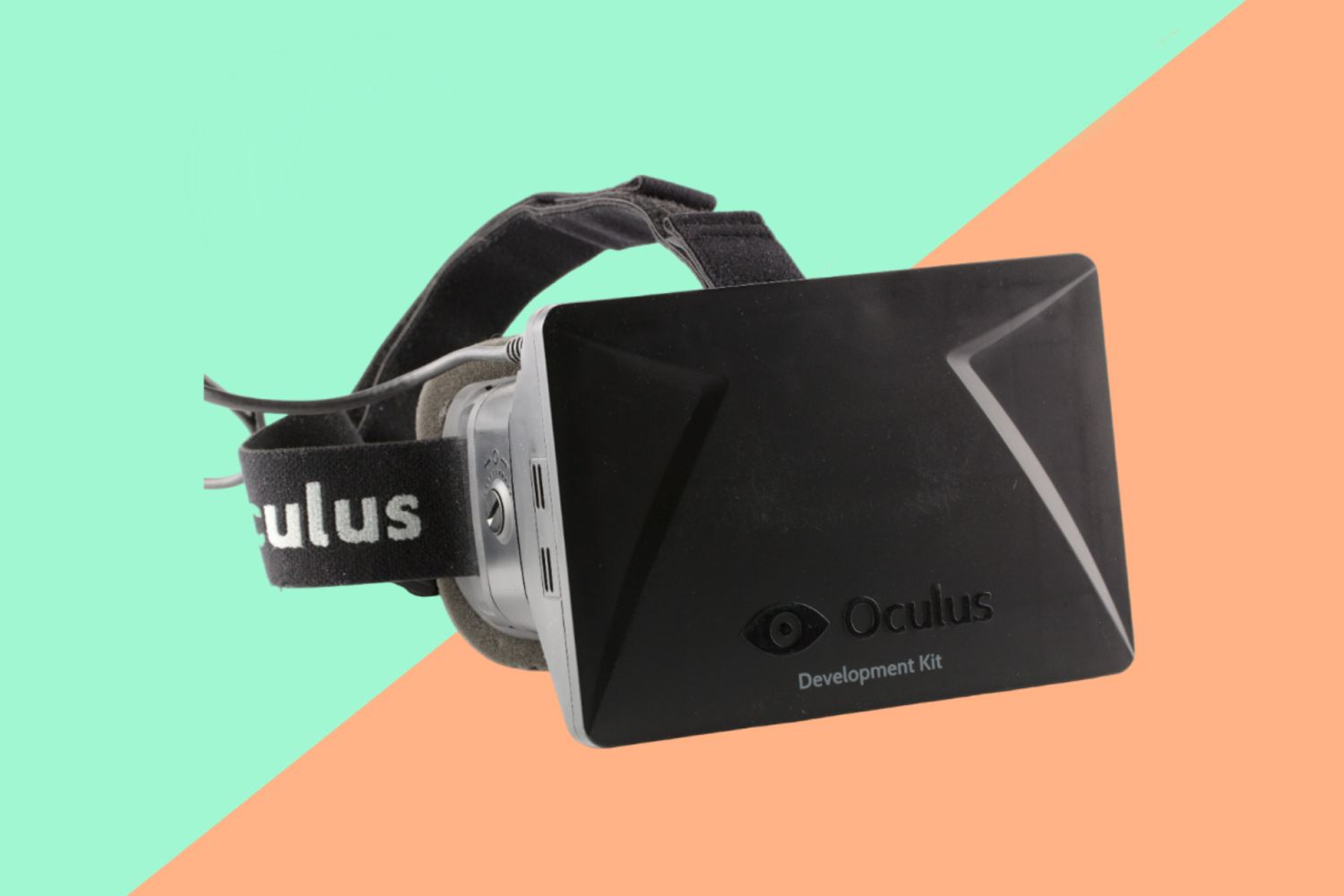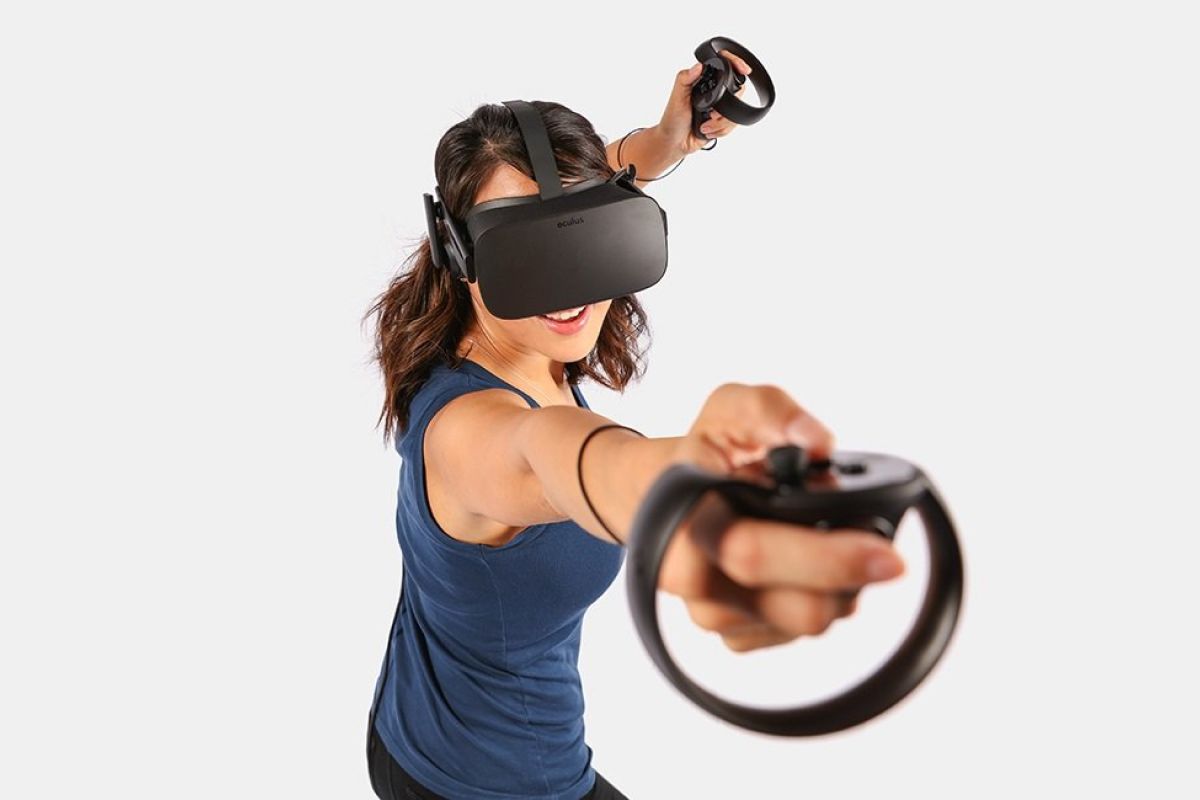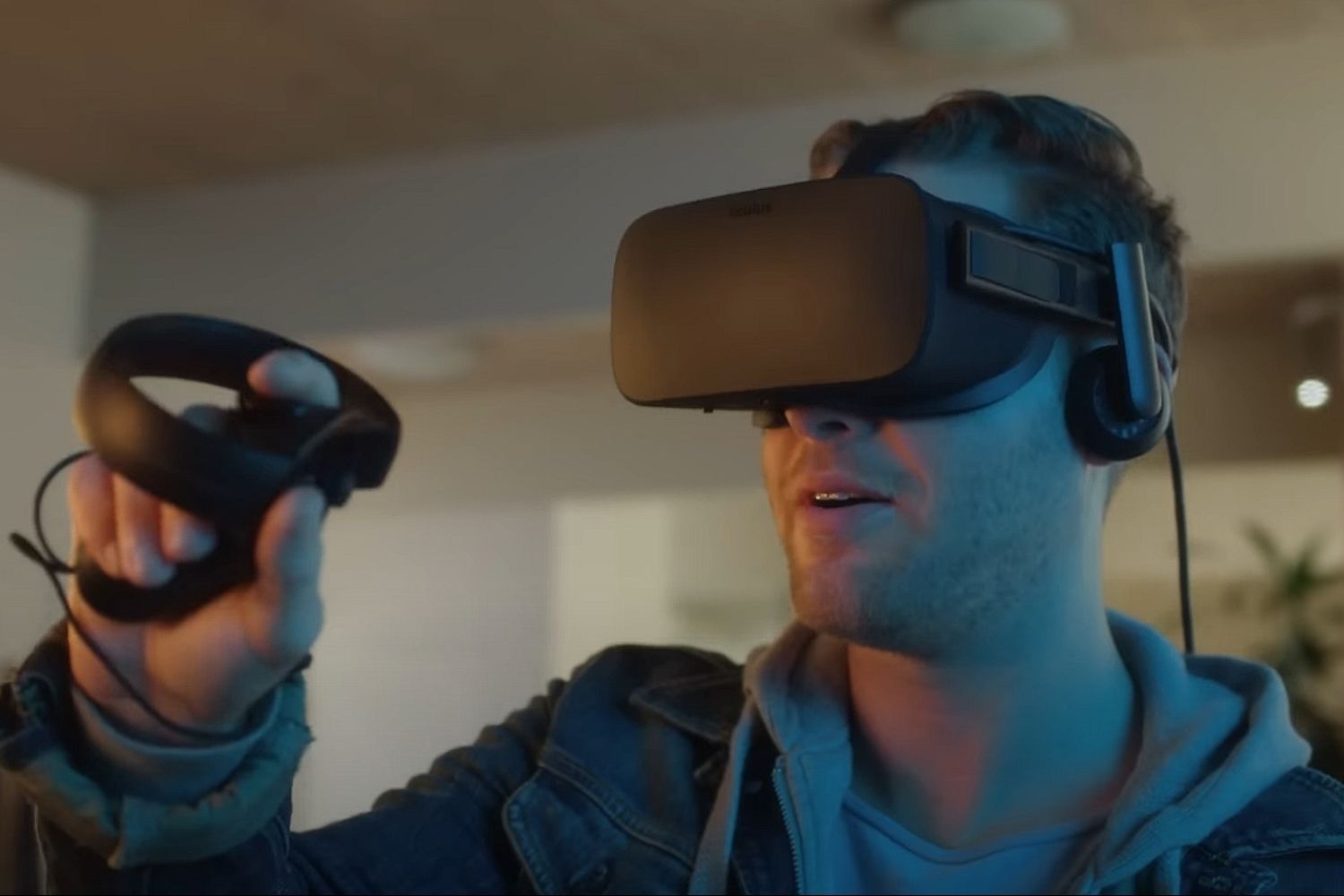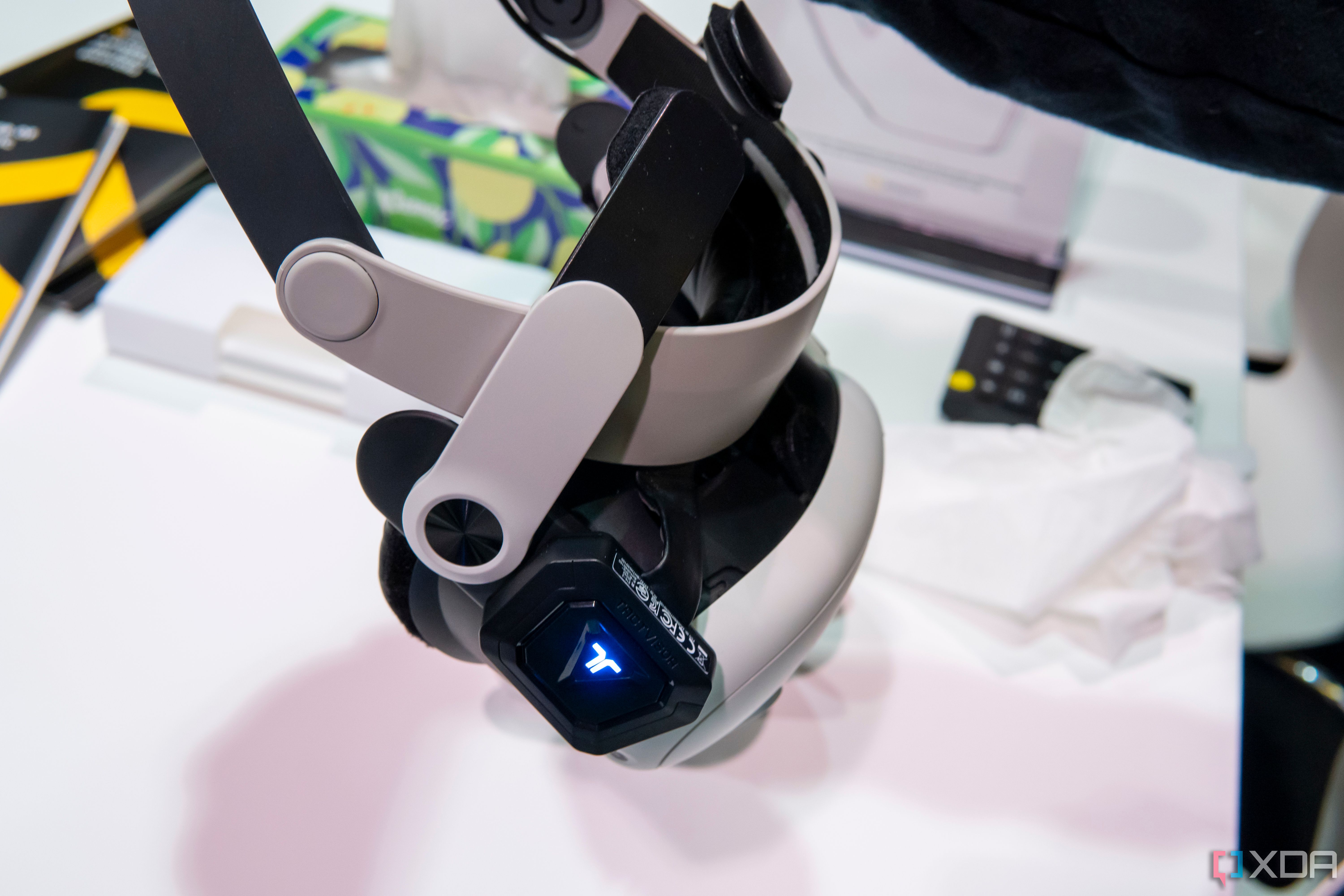Key Takeaways
- The Oculus Rift CV1 paved the way for modern VR by making it accessible to average consumers with its innovative design.
- Oculus’ journey from humble beginnings to being acquired by Facebook highlighted the growing mainstream popularity of VR technology.
- While the Rift CV1 was groundbreaking in 2016, newer headsets like the Meta Quest lineup and HTC Vive XR Elite continue to push VR boundaries.
If you’re in the market for a new VR headset, there are a ton of options available today. However, the situation was radically different a few years ago, when the computing space was filled with clunky, underpowered, and overpriced headsets. All that changed in the mid-2010s, when Oculus began crafting modern VR head-mounted displays, or HMDs.
The Oculus Rift CV1, in particular, stands out as it was one of the first commercial HMDs that made VR accessible to the average consumer. With today marking the eighth anniversary of the device, it’s time to take a look at the wild turn of events that led to the CV1’s creation.
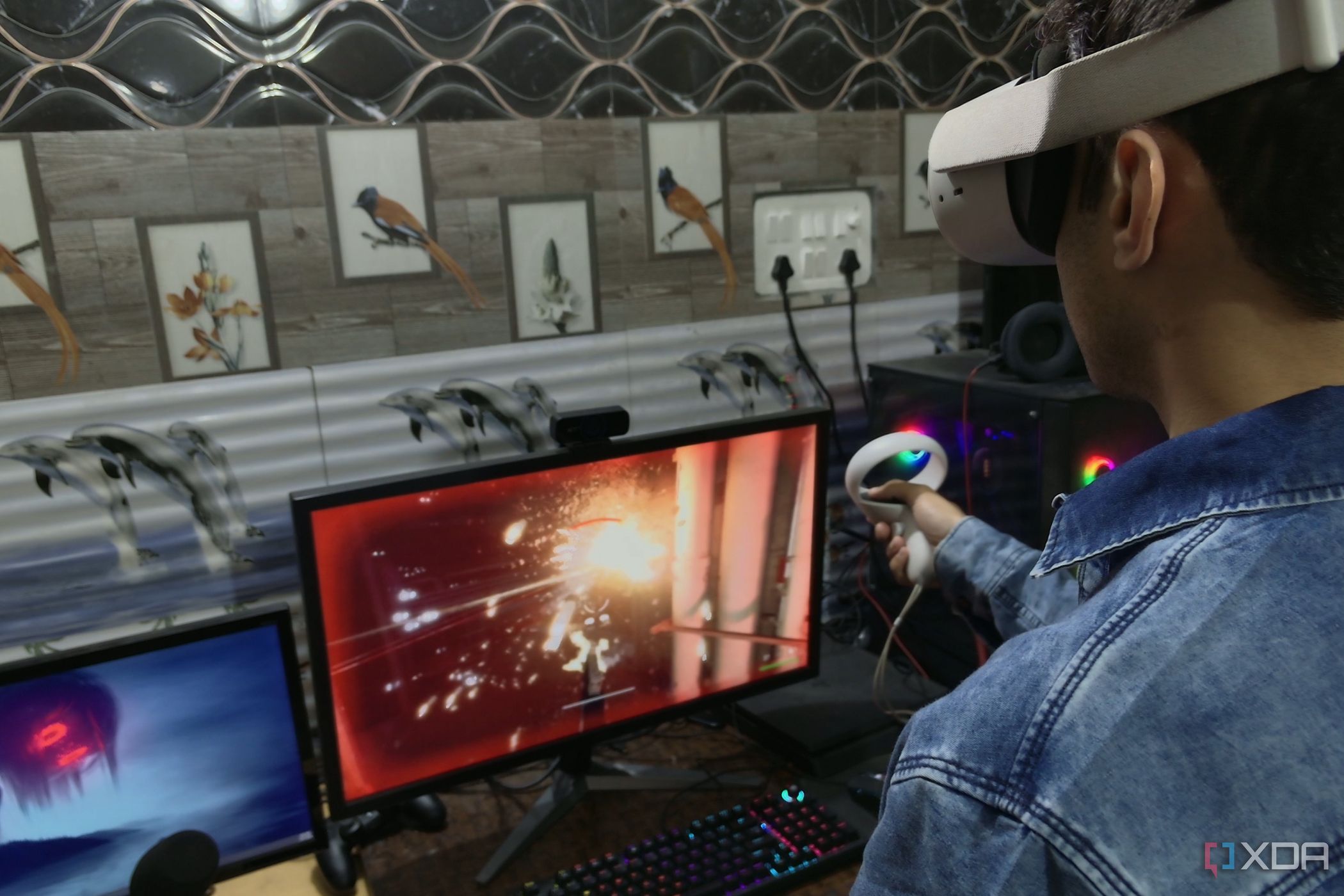
Hands-on: How to play almost any Unreal Engine game in VR
As long as you have a powerful system, the UEVR Injector mod can make your favorite Unreal Engine games more immersive
Before the CV1, there were the Rift prototypes
And each one was different from the others
While Oculus amassed plenty of fame for its headsets, the company had a humble beginning. In 2009, 16-year-old tech enthusiast Palmer Luckey found the existing VR HMD market full of expensive headsets lacking in performance and comfort. So, he took on the challenge of designing his own VR headset.
By 2011, Luckey had created the PR1, a rudimentary HMD that included a huge 90-degree FOV and support for haptic feedback. Within months, Luckey had assembled several headsets, with each iteration being lighter and more feature-laden than the last. Once he co-founded Oculus with Brendan Iribe, Michael Antonov, and Nate Mitchell, there was no turning back.
Soon, all eyes were on Oculus
Even Facebook took an interest in Oculus’ HMDs
Source: Amazon
Luckey was also a prominent figure on Meant To Be Seen (MTBS3D), a forum where he regularly posted updates on his handiwork. Little did he know that one of his followers was John Carmack, the co-founder of id Software well-known for programming genre-defining first-person shooters like Doom and Wolfenstein.
Carmack had received one of Luckey’s prototypes and was impressed by the immersive nature of the HMD. Meanwhile, Oculus demonstrated the Rift prototype at E3 2012, with plans to release a Development Kit version of the headset on Kickstarter. Thanks to Carmack announcing that Doom 3: BFG Edition would be playable on HMDs, interest in the device skyrocketed.
Months after the successful launch of the Oculus Development Kit 1, Carmack joined Oculus as its CTO. A year later, Oculus attracted the attention of Facebook, which took over the firm in a $2B acquisition deal. The firm also began working on its second iteration of the DK headset, which had sold over 100K units by late 2015. At this point, Oculus had amassed enough fame and fortune to work on its most challenging venture: releasing a commercial headset. Titled the Oculus Rift CV1, the HMD was officially announced in May 2015.
VR finally went mainstream thanks to the Oculus Rift CV1
Though it wasn’t exactly a budget headset
While it took almost a year for the CV1 to make its debut, the headset was worth the wait. Priced at $599.99, the Rift CV1 was a futuristic HMD that packed two 90Hz OLED displays with a screen resolution of 1080×1200 into a 1-pound chassis. Besides the bump in the screen specs, the positional tracking and built-in headphones received a significant upgrade from the DK2.
Interestingly, the Rift CV1 didn’t come with any motion controllers when it was released on March 28, 2016, and instead included the Xbox Wireless gamepad. As such, the device could only track the HMD’s movements, meaning users had to wait until the release of the Oculus Touch motion controls to gain access to hand-tracking facilities.
Although current-gen VR headsets support even higher resolutions and faster refresh rates, the Rift CV1’s screen was pretty incredible by 2016’s standards. It was also the trigger that resulted in virtual reality gaining more traction among gamers and PC enthusiasts.
The journey from Rift to Quest
And from VR to mixed-reality
Soon, rival headsets such as HTC Vive and Sony’s PSVR entered the scene, with the former providing tough competition for the Oculus Rift CV1. Over the next couple of years, HTC began manufacturing premium PCVR headsets, while Oculus turned its attention to standalone HMDs. The Rift S, which was released a few weeks before the first iteration of the Quest, became the sole successor to the Rift CV1. Sadly, the Rift S was discontinued by Oculus in a few years, and the company began doubling down on the Quest lineup.
In 2020, Facebook decided to merge all AR and VR divisions, including Oculus, into Reality Labs. Following Facebook rebranding itself as Meta, the uber-popular Oculus Quest 2 was also renamed Meta Quest 2. Last year, the firm released the Meta Quest 3, which brought mixed reality capabilities to the beloved handset lineup.
How virtual reality fares in 2024
The VR industry has come a long way since the release of the Rift CV1. At present, we have the Quest 3 and HTC Vive XR Elite going toe-to-toe as the mainstream VR headsets. Not to mention, there are plenty of amazing HMDs from lesser-known brands, like the Pico 4. Although the Apple Vision Pro has been a mixed bag, it also has plenty of groundbreaking features. Plus, Apple going all-out on enhancing the Vision Pro bodes well for the entire VR landscape, and I’m curious to see where the industry will go from here.
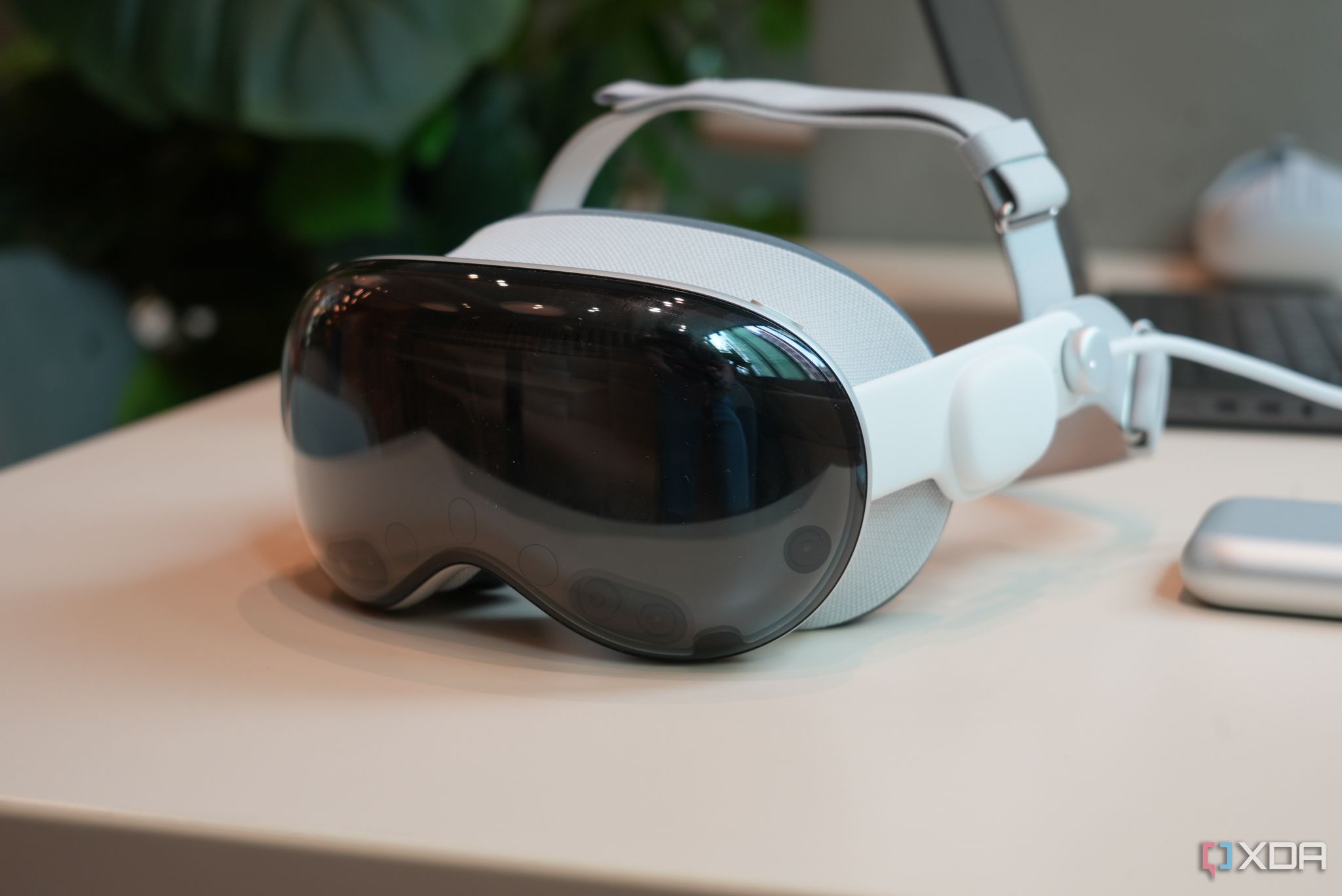
3 reasons Apple Vision Pro is way better with its latest update
Apple released visionOS 1.1 this month, and it’s a significant update that could make for a promising future of Vision Pro.
[ad_2]


